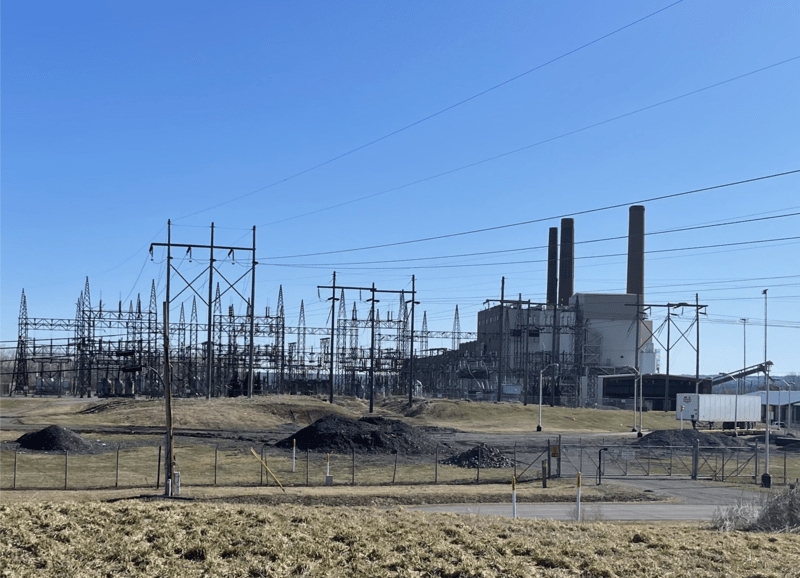Greenidge Generation LLC is one example of a decommissioned industrial plant that has been revitalized into one of the largest cryptocurrency mines in the country. Bitcoin mining facilities devote huge quantities of computational power to solving cryptographic problems, resulting in insane energy grid demands. Old power plants in industrial regions (like those found in New York finger lakes region) are hot real estate for bitcoin mining- predominantly due to their river/lakeside locations and existing facility infrastructure that cool the operating computer systems.
“Like all thermoelectric power plants, Greenidge uses steam to spin the turbines that produce electricity, but the steam has to be condensed back to water by exchanging heat with the fresh water before it can be reused. Once-through cooling systems like this — where water is used once and then expelled at a higher temperature — require vast amounts of water, with consequences for both wildlife and water quality. Greenidge can draw up to 139 million gallons of fresh water per day to cool the plant. ” (McKenzie, 2021)
There has been a surge of regional and state environmental activist attention and support:
- Statewide Organizations, Faith Based Groups, Labor Union, and Businesses Come Together to Urge Governor Hochul to Deny Greenidge Generation Cryptocurrency Mining Facility Permit; Adopt Moratorium Cryptocurrency Mining
- Comments from Seneca Lake Guardian, The Committee to Preserve the Finger Lakes, Fossil Free Tompkins, Sierra Club, and Earthjustice in Opposition to the Draft Title V Air Permit for Greenidge Generating Station
- NY gubernatorial candidate calls for end to Bitcoin mining on Seneca Lake
- Support for Finger Lakes Bitcoin mining facility tempered by environmental claims
This attention and pressure had not seemed to rush NY DEC. A decision on whether or not to grant Greenidge their Title IV (acid rain) and Title V (greenhouse gas) air permits still has yet to be made (almost 6 months after the October public hearings). Their new decision deadline is March 30th (unsure as of yet if that deadline will be adhered to). The Greenidge plant currently resides next door to a state superfund remediation site.
This 21st century mining (though seemingly intangible) has very material consequences. How can the local Finger Lake community manage the monitoring of bitcoin mining facilities and their environmental impact (both present and potential future plants)? What information is needed to sway, oppose or defend the permit decision?
Related works:
